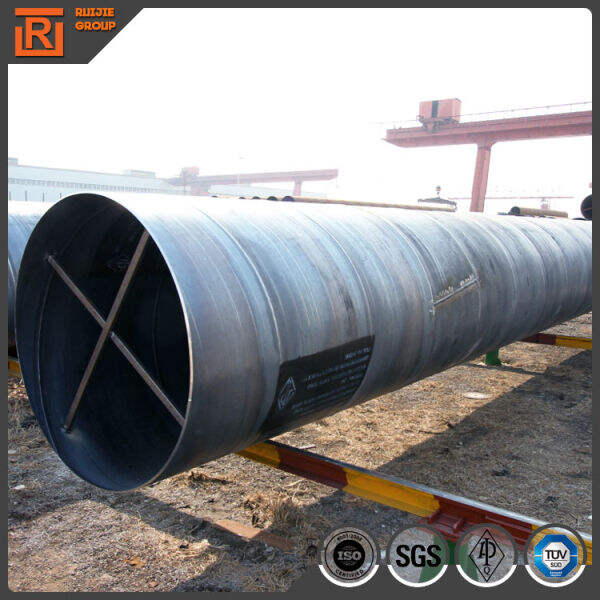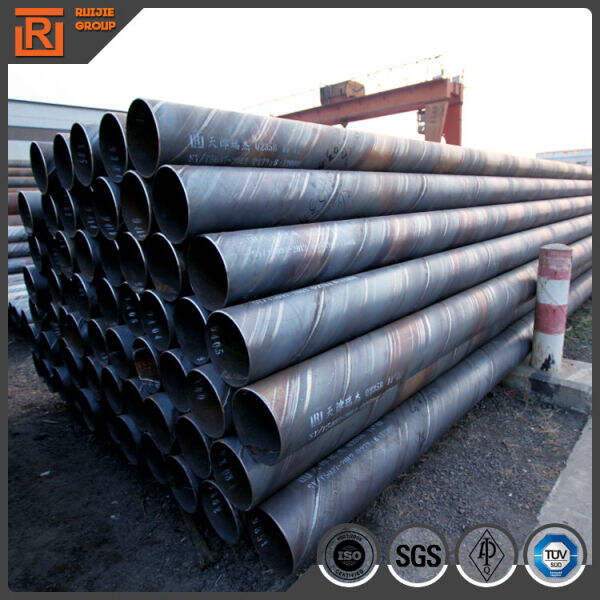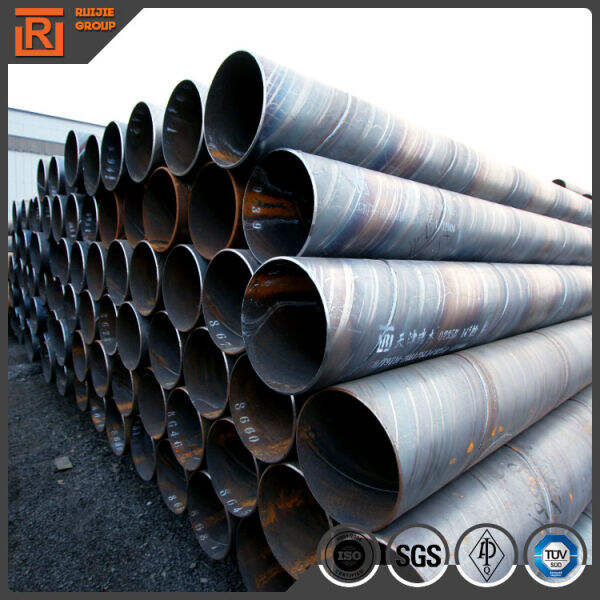Round pipes are kind of pipe used everywhere. You see them on construction sites being used to put buildings together, you see them in transportation systems that are used to move things around, and you also find them in plumbing so as to convey water. They can be of various sizes (big or small) and made with multiple materials like metal or plastic. Some structural pipe and also typical curved pipeline, every one of them have gone through a special process for ablaze as known as annealing.
Annealing is the heating of pipe to a fixed temperature then cooling it down very gradually. The pipe has received special treatment which makes it substantially stronger, more rigid and better-suited to whatever task is required of it. After annealing, pipes become more strong and reliable that they can be used safely.
When manufacturing the same diameter pipes, annealing is more effective. It helps to eliminate internal stresses. Internal Stresses—Problems that can take place inside the pipe during curing. The stresses are produced turning about in bending, rolling, welding. And if these stresses are not eliminated, the tube will likely fail—bending or cracking, which can be extremely dangerous and also lead to costly repairs. By annealing the pipe we reduce these internal stresses. It stabilizes the pipe, which strengthens it and also allows higher performance when in use.
During the pipe production process, internal stresses could develop. This means that when you bend, roll out or weld a pipe, you are creating these unique tensions within the pipe. However, if these stresses are not gotten rid of from the pipe, they might result in bending or breaking when the pipe is put right into use. That is why we go through the process of annealing to erase all of this hardships. Annealing: Annealing is the heating of a pipe to a certain temperature and slowly cooling it down. This allows the internal stresses to be relieved, making the pipe stronger and more reliable for its designed use.

It also modifies the shape of the pipe to make it more manageable. It simply means that here we will use, a tool which is drill to join pipes together and to cut them out. The shaping of the pipe is what cutting involves. So, is the process of joining two metal parts by heat and pressure. The difference is that the pipes have been annealed and are now much softer so can be easily cut and reshaped. By being able to hire workers for shorter time periods, these workers are completing the tasks they are hired for faster and more efficiently which ultimately leads to better overall results in construction and plumbing projects.

Annealing is also used to make round pipes as much properiesized. Optimum properties, in this context, are a reference to the key ingredients that make a pipe what it should be: strong, durable and flexible. Annealing these pipes also helps in increasing the strength and life of the pipe. That is because they are harder to de-tune or break under stress. They are also more elastic and less likely to snap under stress, which makes them preferred for a variety of applications.

Annealing is an indispensable step on creating round pipes, and we all know that. And that is why our annealed round pipes are the best in quality and can be used for all kinds of available works. The annealing process is carefully monitored so that the pipes are heated to the correct temperature and then cooled back down. That level of attention to detail distinguishes our offerings